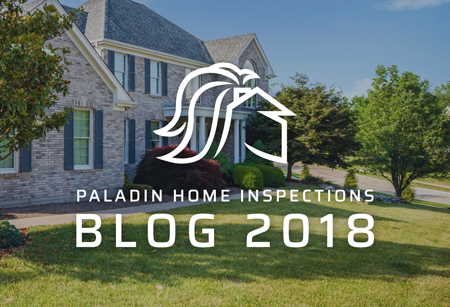Many homes built in the 1800’s have stacked stone foundations that have not moved, or not moved very much, but who’s to say how much longer it will last? More importantly, what problems might arise, and what will those problems look like?
A close look at the walls will let you know if they are bowing, bulging and settling.
These conditions, coupled with sloping floors, cracked plaster, broken windows, windows and doors that won’t open or closed (or stay open or closed) all make a strong case for problems that require a foundation specialist.
Most limestone basement walls have (or have had) mortar between the stones, as well as a coating of mortar on the surface. Water migration will cause this mortar to flake and fall off, exposing the stones.
A determined homeowner can tuck-point and parge the surface, leaving a relatively smooth surface. A lime-based mortar should be used. You could use type-S hydrated lime, but a better choice would be type-S mortar, which is one part Portland cement, 1/2 part lime and an amount of sand equal to 2 1/2 to 3 times the amount of cement and lime.
That’s because the stone itself, especially limestone, will allow water migration. Water seeping through the stones will cause them to crumble. The way around that is to use mortar that is LESS impervious to moisture. The water eventually washes out the mortar, but leaves the stone intact.
Work a very small area at a time. It takes an amazingly long time to do the job right. Really dig in and get the old stuff out and create a cavity, or key. Then wet the stones before pushing in the new mortar. Finish with a thin coat over the whole area. Then get ready to do it again next week. Just kidding.
Water management is a big deal. Your repair job will last a hundred years if you can direct rain water away from the house via proper slope and long downspouts.


